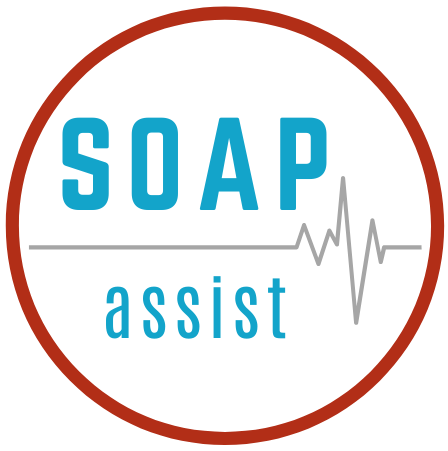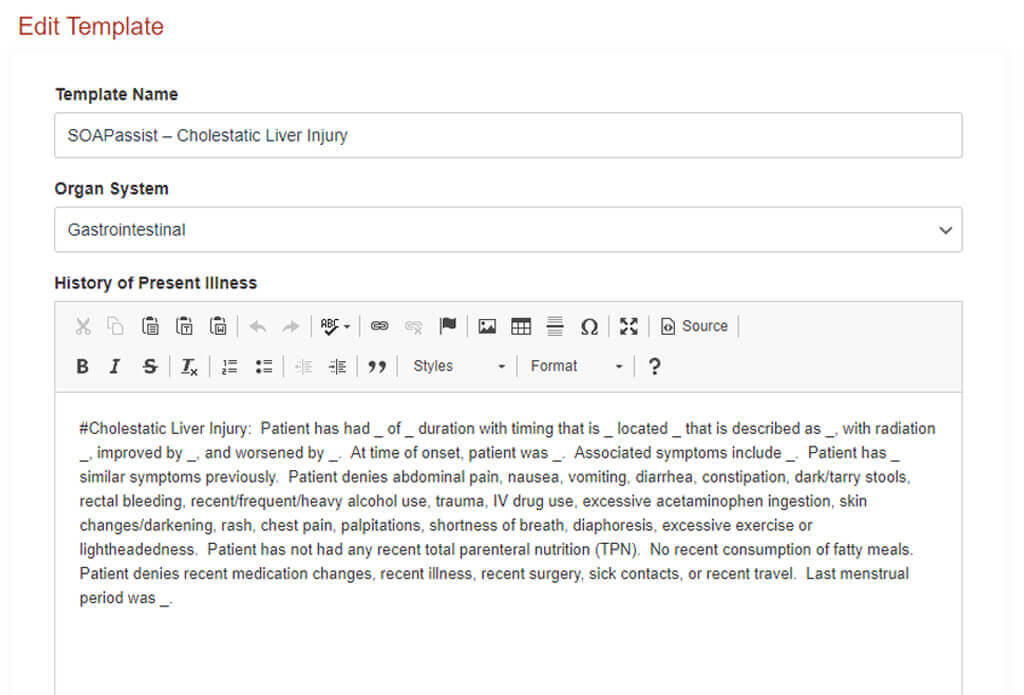Cirrhosis is a challenging disease whose only cure is transplant. Cirrhosis refers to the fibrosing of the liver parenchyma. By itself, this histologic process does not necessarily confer any symptoms to the patient. However, it is when cirrhosis is so severe that the liver is no longer able to meet the physiologic demands of the body that the patient begins to experience symptoms. This is referred to as decompensation and it has many manifestations. For those who have not yet or are unable to undergo transplant, dealing with the results of a failing liver is an ongoing challenge.
The problem with many problems
Decompensated cirrhosis can manifest as many things. Some include ascites (most commonly), hepatic encephalopathy and varices. Treating each of these has its own challenges and many require surveillance of some kind at particular intervals. Staying on top of cirrhosis and its many manifestations is a daunting task. Its inherent complexity makes missing important treatments and screenings almost inevitable.
The versatile solution
At SOAPassist, we have created a set of curated SOAP note templates that streamline your documentation. They also provide helpful prompts to avoid missing important testing and treatments. These templates by no means capture every question, test and treatment that should be considered. However, they do provide a good starting point. Let’s talk about what went into making these templates.
Getting organized
As mentioned above, cirrhosis is a single problem that can decompensate into many manifestations. Despite this problem being so complex, the SOAPassist documentation model makes documentation simple. We have elected to create a single master template for the problem of decompensated cirrhosis. Additionally, there are separate templates addressing each of the ways it can decompensate. The master template for decompensated cirrhosis contains many of the history elements, exam findings and tests one would do for any manifestation of decompensated cirrhosis. Things like if/when the last paracentesis was performed and how much fluid was removed. When the last esophagogastroduodenoscopy (EGD) was and what it revealed. Typical daily labs for calculating the MELD score are also listed.
It’s about customization
The additional templates contain elements unique to the corresponding manifestation of decompensated cirrhosis. For example, the spontaneous bacterial peritonitis template has examples of antibiotic regimens for treatment as well as future prophylaxis. Organizing templates in this way allows the SOAP Note Generator to seamlessly integrate each of the selected templates into a custom online SOAP note. Providers select the appropriate templates for the various manifestations of decompensation, regardless of how many occur simultaneously. The SOAP Note Generator does the rest. Suddenly, a very complex problem with many manifestations becomes much more manageable.
Tailored to your practice
As we’ve discussed, building well-constructed templates can streamline the SOAP documentation process. It can also provide reminders during the patient interview to ask important questions and discuss things that can change management. We recommend building and using templates that provide prompts to ask such questions. Additionally, considering a broad differential at the initial encounter can help ensure the appropriate workup and treatment are initiated promptly. As mentioned previously, this template by no means captures every question, test and treatment that should be considered, but it does provide a good starting point. In fact, SOAPassist allows you to modify and save any SOAPassist curated template as your own. You read that correctly. SOAPassist is here to help make your documentation reflect your practice. Curated templates are the first step in that process.
Disclaimer: SOAPassist curated templates are created for use by licensed medical providers. While they are examples of what a provider might document, their intended purpose is to provide a starting point for documentation and do not constitute medical recommendations.

